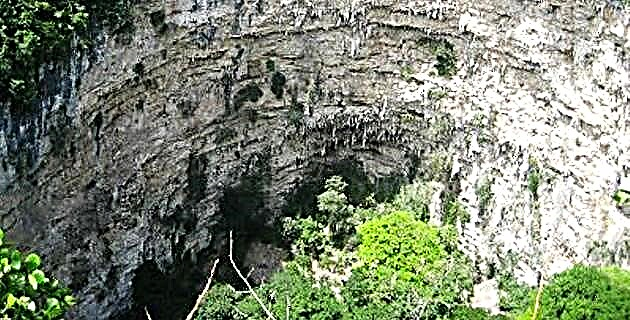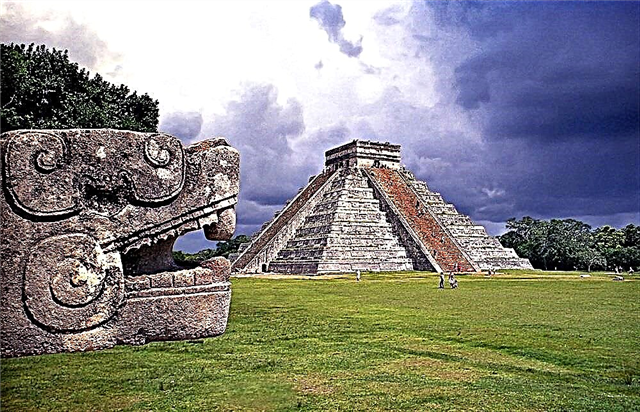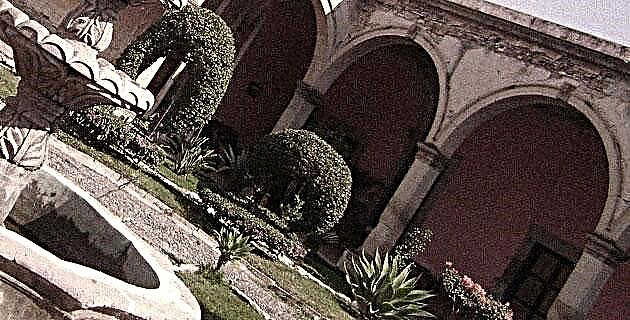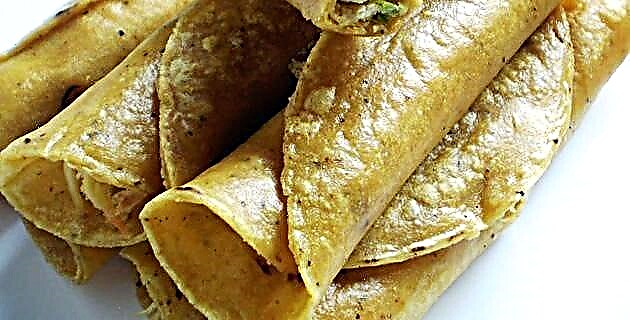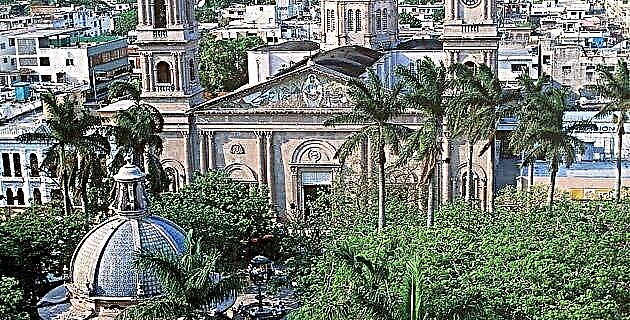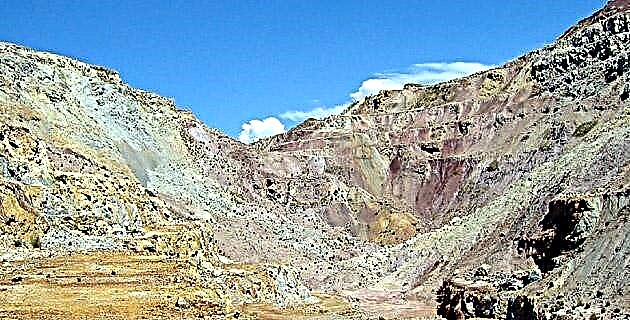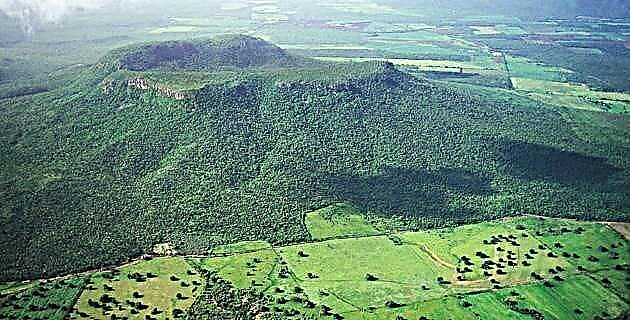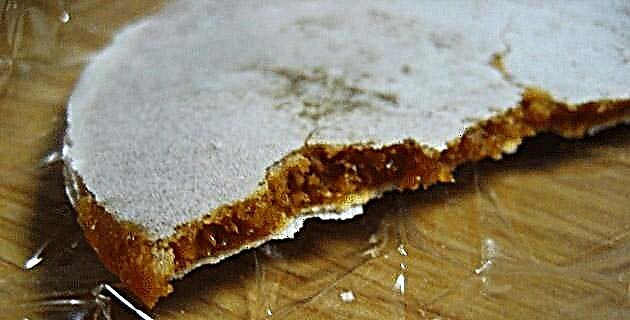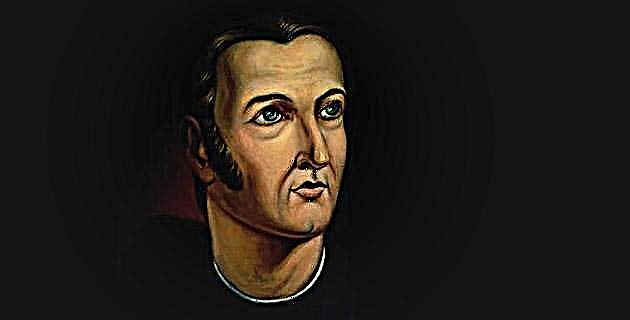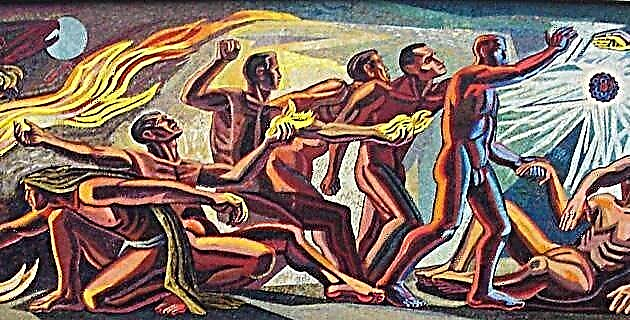
Guanajuato dawns fresh in spring. The sky is very blue and the field is very dry.
Walking its streets and alleys, tunnels and squares, you feel as if those lukewarm quarry buildings embraced you, and a well-being enters your soul. There you experience astonishment: when you turn a corner, your breath goes out and you cut off, admiring that beautiful mass of the Company's temple, with a Saint Ignatius floating in his niche as if wanting to fly. Suddenly, an alley leads to the Plaza del Baratillo, with a fountain that invites you to dream.
The city with its people, trees, geraniums, dogs and donkeys loaded with firewood, harmonize the spirit. In Guanajuato the air is called peace and with it you go through towns, fields and farms.
On the farm of Guadalupe, on the edge of the city, in the neighborhood of Pastita, lives the teacher José Chávez Morado; Upon entering his house I perceived a soft smell of wood, books and turpentine. The teacher received me sitting in the austere dining room, and I saw Guanajuato in it.
It was a simple and pleasant talk. He took me with the memory and his memories to Silao, on January 4, 1909, when he was born.
I saw a gleam of pride in her eyes as she told me that her mother was very beautiful; His name was Luz Morado Cabrera. His father, José Ignacio Chávez Montes de Oca, "had a very good presence, he was a very loyal merchant with his people."
The paternal grandfather had a library full of books, and the boy José spent hours in it, copying with pen and India ink illustrations from Jules Verne's books. Quietly, the teacher told me: "All that was lost."
One day his father encouraged him: "Son, do something original." And he made his first painting: a beggar sitting on a doorjamb. "The pebbles on the sidewalk were balls, balls, balls", and telling me this, he drew the memory in the air with his finger. He made me a participant in what was so forgotten but so fresh in his memory: "Then I gave him a little watercolor and it turned out to be similar to certain works by Roberto Montenegro", which the child was unaware of.
From a very young age he worked in the Compañía de Luz. He made a caricature of the manager, "a very happy Cuban, who walked with his feet turned inward." When he saw her, he said: -Boy, I love it, it's great, but I have to rush you ... "From that hobby comes the mixture of drama and caricature that I think I capture in my work."
He also worked at the railway station in his hometown, and there he received the merchandise that arrived from Irapuato; your signature on those receipts is the same as it is now. They called that train 'La burrita'.
At the age of 16 he went to the fields of California to pick orange, invited by a certain Pancho Cortés. At 21, he took night painting classes at the Shouinard School of Art in Los Angeles.
At 22 he returned to Silao and asked Don Fulgencio Carmona, a peasant who rented land, for financial help. The teacher's voice softened, telling me: “He gave me 25 pesos, which was a lot of money at that time; and I was able to go to study in Mexico ”. And he continued: “Don Fulgencio married a son with the painter María Izquierdo; and currently Dora Alicia Carmona, historian and philosopher, is analyzing my work from a political-philosophical point of view ”.
“As I did not have enough studies to be accepted at the San Carlos Academy, I enrolled in an annex of it, located on the same street, attending night classes. I chose Bulmaro Guzmán as my painting teacher, the best of that time. He was a military man and a relative of Carranza. With him I learned oil and a little about Cézanne's way of painting, and I discovered that he had a knack for the trade ”. His engraving teacher was Francisco Díaz de León, and his lithography teacher, Emilio Amero.
In 1933 he was appointed drawing teacher of primary and secondary schools; and in 1935 he married the painter OIga Costa. Don José tells me: “OIga changed his last name. She was the daughter of a Jewish-Russian musician, born in Odessa: Jacobo Kostakowsky ”.
That year he began his first fresco mural in a school in Mexico City, with the theme "Evolution of the peasant child to urban working life." He finished it in 1936, the year in which he joined the League of Revolutionary Writers and Artists, publishing his first prints in the newspaper Frente aFrente, "with a political theme, where artists such as Fernando and Susana Gamboa collaborated," added the teacher.
Travel across the country, through Spain, Greece, Turkey and Egypt.
He occupies multiple positions. He is prolific in countless areas: he founds, designs, writes, sculpts, participates, collaborates, denounces. He is an artist committed to art, politics, the country; I would say that he is a creative man and the fruit of the golden age of Mexican culture, in which figures such as Diego Rivera, David Alfaro Siqueiros, José Clemente Orozco, Frida Kahlo, Rufino Tamayo and Alfredo Zalce flourished in painting; Luis Barragán in architecture; Alfonso Reyes, Agustín Yáñez, Juan Rulfo, Octavio Paz, in the letters.
In 1966 he bought, restored and adapted the “Torre del Arco”, an old waterwheel tower, for his home and workshop, whose function was to capture water to convey it through aqueducts to the beneficiation patios and for use by the estate; there he went to live with Oiga, his wife. This tower is located in front of the house where we visit it. In 1993 they donated this house with everything and their artisanal and artistic belongings to the town of Guanajuato; Thus the Olga Costa and José Chávez Morado Museum of Art was created.
There you can admire several paintings of the master. There is one of a naked woman sitting on an equipment, as if thinking. In it, I felt again the amazement, the enigma, the strength and the peace of Guanajuato.

